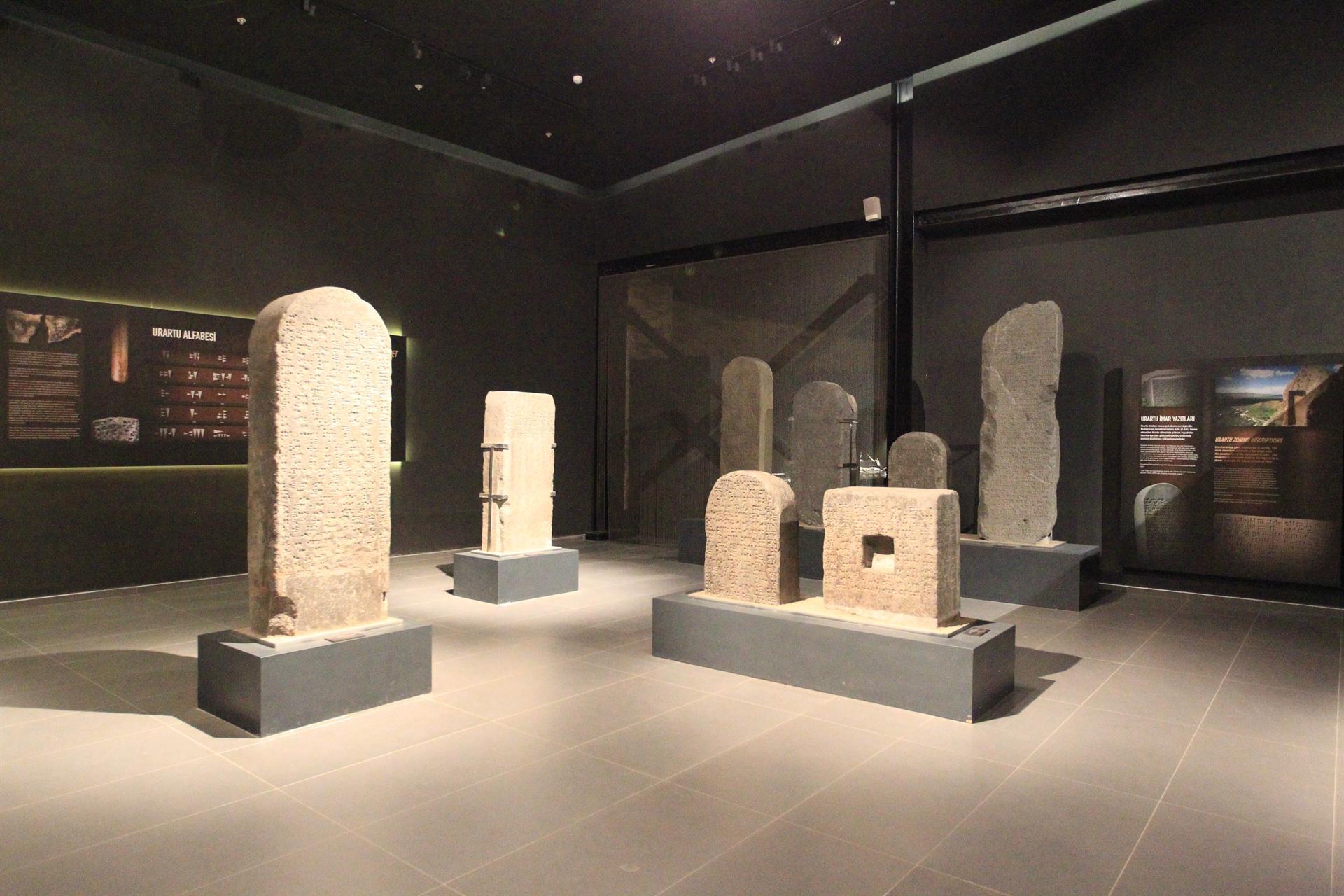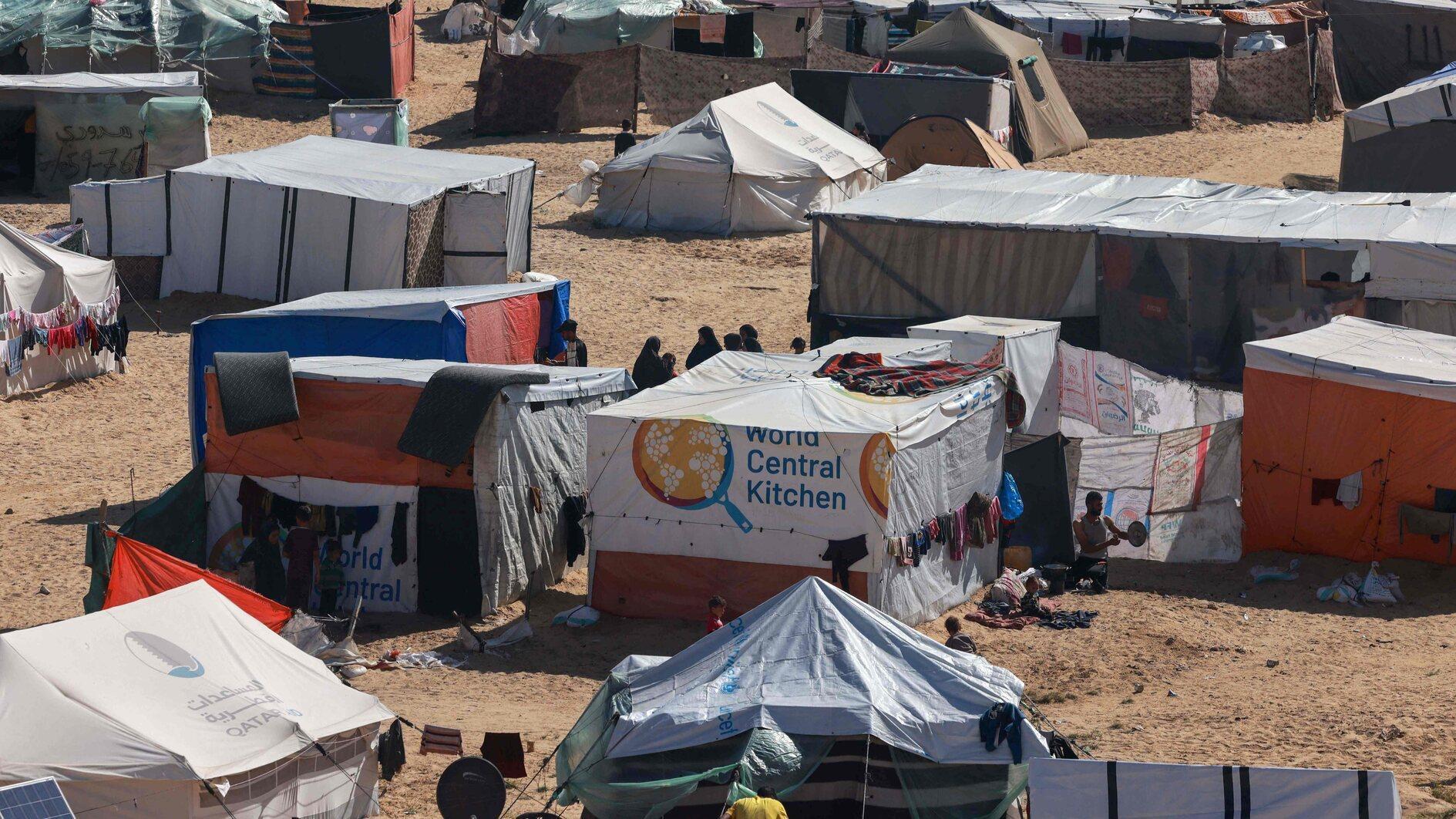Van Museum awaits visitors after reopening
VAN

The Van Museum, built within the scope of the “centers of attraction support program,” carried out by the Industry and Technology Ministry in the eastern province of Van, attracts the attention of visitors with 45,000 artifacts dating back to many civilizations as well as the Urartians and animation sections related to historical periods.
The museum, which was built in the north of Van Castle after the former museum building was damaged by the earthquakes that took place on Oct. 23 and Nov. 9, 2011, in the city and opened two years ago, is home to important artifacts from the past of the provinces of the eastern region. Now after a period of shutdown due to the COVID-19 outbreak, the museum is ready to welcome visitors.
In the museum, which was built in the İpekyolu district on an area of 50,000 square meters, 13,000 square meters of which is the closed area, visitors feel the spirit of the ancient periods with the animation sections on the life styles and wars of civilizations.
Speaking to the state-run Anadolu Agency, Van Museum Director Erol Uslu said that the museum is the largest museum in the world in terms of its Urartu artifacts.
Stating that these features attract tourists to the city, Uslu said, “The Urartians declared Van as their capital and left the traces of an ancient civilization. We reserved nine of our 23 halls to the Urartu civilization. We exhibit the traces of other civilizations that lived before and after the Urartu as a whole in the exhibition areas. When Van Museum was first established, it was a regional museum. It is possible to see the traces of not only the Urartu but also many pre-Urartu civilizations at the same time, within the same concept in the museum. Among the 45,000 artifacts in the museum, at least more than 40,000 of these works belong only to Van and reflect the culture of Van.”
Speaking of the 23 halls in the museum, he said, “For the visitors to better understand the culture, social life, religion, economy, war, culture of any period, some of the works were animated. Of course, Van did not end with the Urartu, but continued to be an important and strategic region in each of the Roman, Byzantine, Seljuk, Akkoyunlu and Karakoyunlu and Ottoman periods. It is possible to see artifacts, coins and ethnographic works that shed light on Van’s folk culture in the museum.”
















